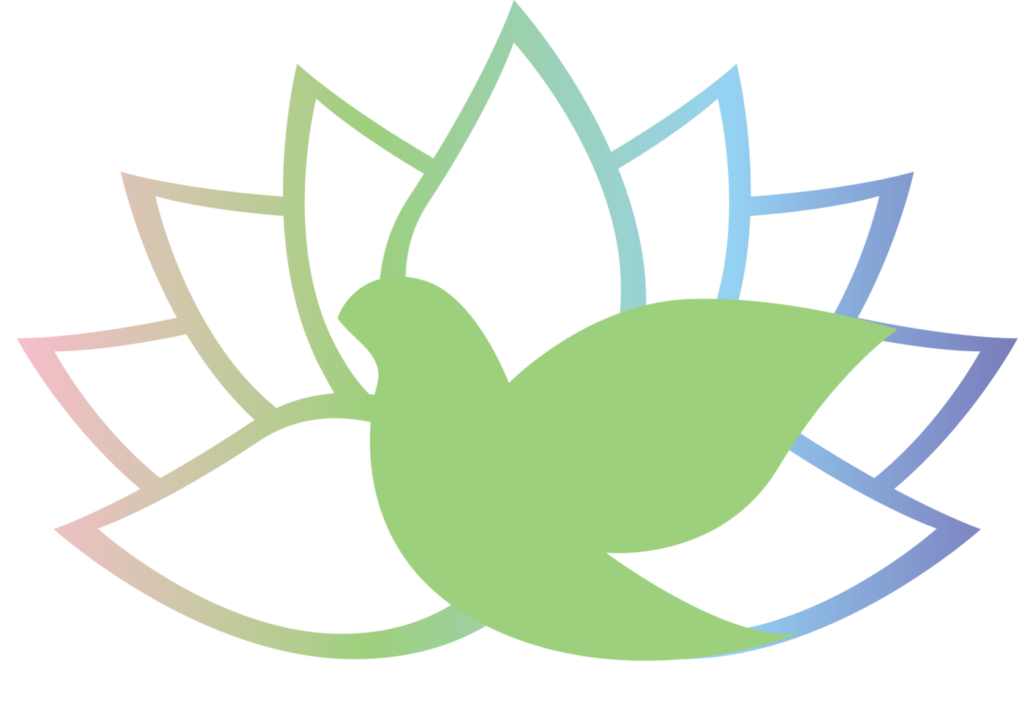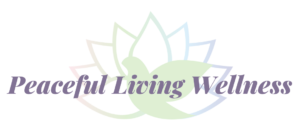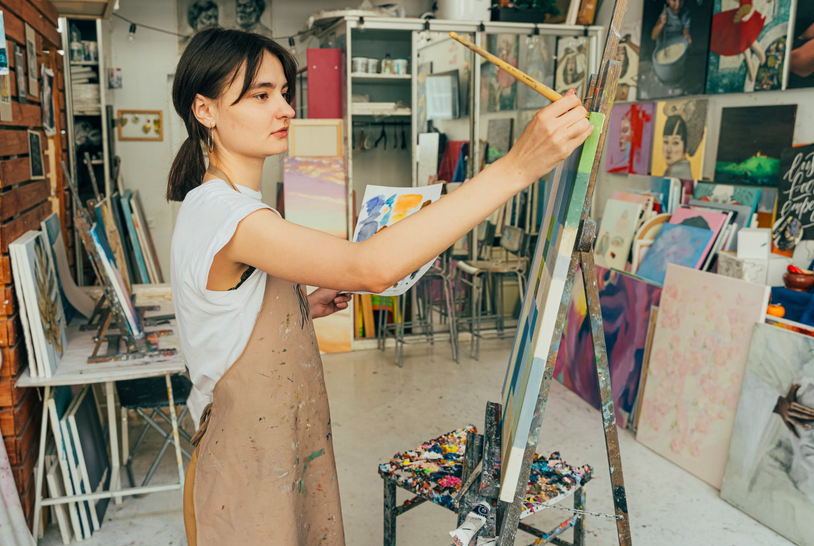I recently came across some forgotten stories that I had written in grade school. Most of them were adventures, discovering something in a place I (the main character) should or should not have been, always making it home in time for dinner, usually finding a new pet to befriend.
Each one is written in the jolty but honest nature of childhood rationalization. If you find an animal in the woods and it talks, it’s obviously a friend — right? But the true value comes from the experience of having written them. In many ways, those stories are more important than my most recent pieces because they’re where I learned.

Join our Community of Peaceful Living Wellness Warriors
and receive a special free gift:
Our Top 5 Tips for Peaceful Living
I very clearly remember trying to recreate one of my favorite books as a child and tearing my draft up in frustration when realized that it was too similar to the original. That very story was my first lesson on how to draw from — but not imitate — what inspires you.
As artists, the general meaning of ‘bad’ is irrelevant. While our ego strives to be great, greatness isn’t where you grow. Making bad art is — but that doesn’t make it any less frustrating.
How To Work Through The Frustration
Ten years into my career as a writer, there are still days where I’m that girl staring at a page of words with steam coming out of both ears, Looney Tunes style. Or with tears of frustration as I question my every decision. Bad art can do that to you.
And while I do occasionally find that throwing a pen or tearing a blank sheet of paper apart can be very therapeutic, I never blame the work itself. There’s a reason I’ll only tear a blank sheet apart.
Even when your art is so awful you feel as though you’d be insulting your trashcan if you threw it out, it means something. Mainly, that you’ve taken a step forward. You’ve experimented with a new technique or idea, laying the groundwork for a thought process you’ve yet to have.
But in the moment it really sucks.
The best thing you can do is grit your teeth and stifle your judgement. Push through it. When you’re trudging through bad art, seeing the reward can feel like searching for a beacon of light that’s out of service. But the more you practice the easier it gets.
As you trudge, begin to clear your mind. Be conscious of when you start to judge your own work. Separate those thoughts from the ideas that will become your art. Shut them down. Imagine you’re painting over them or hitting the delete button. I’ve always found tangible visuals to be an unsung hero in this game.
The final step is this: keep going. Explore. Play. The more you block your own judgement and feelings towards your work at this stage, the better. Even – and especially – if it feels like absolute garbage work. Better to get it out of your head and on to the page so you can continue to move forward.
Related Post: YOUR EGO’S ROLE IN YOUR ART: HOW TO FIND FREEDOM IN THE CREATIVE PROCESS
Make The Most Of The Worst
A couple months back I had this story idea. While I loved the gritty undertone that it presented, I couldn’t see where it was going. All I had was a prelude that led nowhere. So I set it aside.
Then, as I was listening to a talk by R.L. Stine on how he outlines his stories, mine began to form. I realized that I was relying on this setting that I loved – but I had no cast. And as soon as I started to break into a fresh thought process, my characters began to form.
What I’ve found to be true is that bad art is sometimes just underdeveloped art. In our hurry to be great we miss the one clue that will help us get there. If I had thrown out that seedling of a story, this setting that I wanted to explore so badly but couldn’t navigate, I would have missed the new story it’s begun to develop into.
When you’re looking at a piece that stumps you, or worse yet makes you want to quit altogether (because we’ve all been there), resist the urge to cringe. Or do, but revisit your worst art anyway.
Sit with it quietly and let your mind wander. Allow yourself to re-enter that world you began creating. What does it feel like, and what steps are you missing?
Is it a recent piece, or older? What was your thought process like then compared to now?
Find the one thing about this piece that brings you joy. If that answer is occasionally throwing it in the trash, enjoy the satisfaction of learning from it before you move on. You might find that you pick it back up, smooth out its creases and create something you wouldn’t have thought of otherwise.
Why Revisiting Your ‘Bad Art’ Matters
Even now, I still cringe at the thought of reading through older stories. I dread seeing the plot holes, jumpy logic and flat characters. But when I push past my ego I’m able to examine them for bits of gold. Old notes and suggestions from trusted professors. Ideas that were underdeveloped – thankfully – because as I read them today I can tell they needed to go in another direction that I wasn’t capable of writing at the time.
Sometimes, the entire piece feels useless save for one detail that sparks a new idea. It could be as small as the way I previously described steam rising from a mug of tea, or the smell of a warm summer morning at sunrise.
But that’s not what matters.
Revisiting your oldest art is like visiting with a past version of yourself. It allows you to objectively see your past thought process as well as how far you’ve come and where you’re at currently.
If you’re lucky, revisiting whatever you’ve deemed as ‘bad art’ will give you the perspective needed to unlock your next steps so you can move past any blocks you’ve been working through.

SAMANTHA PATERNOSTER
Writing is much bigger than a career. It’s more interesting than a hobby. It’s the spark to an eternal curiosity that has led me to learn unexpected skills, treasure knowledge passed down through generations, and create a space for voices that need to speak.
I earned my B.A. in Creative Writing from Brandeis University, with a focus on long and short fiction. I have nearly a decade of experience as a copywriter and editor. But I’ve also worked as an Email Analyst and QA Analyst at Yale University, helping to launch their redesigned Giving page circa 2014.
Most recently, I’ve started my own business – Creatively You. Built for my clients, it is founded on one simple act: listening. By listening to my clients’ dreams and needs, I am able to help them develop their brands through cohesive web design and content that tells their stories.
I don’t believe in linear paths. I do believe in the magic that embracing the unknown can bring.



